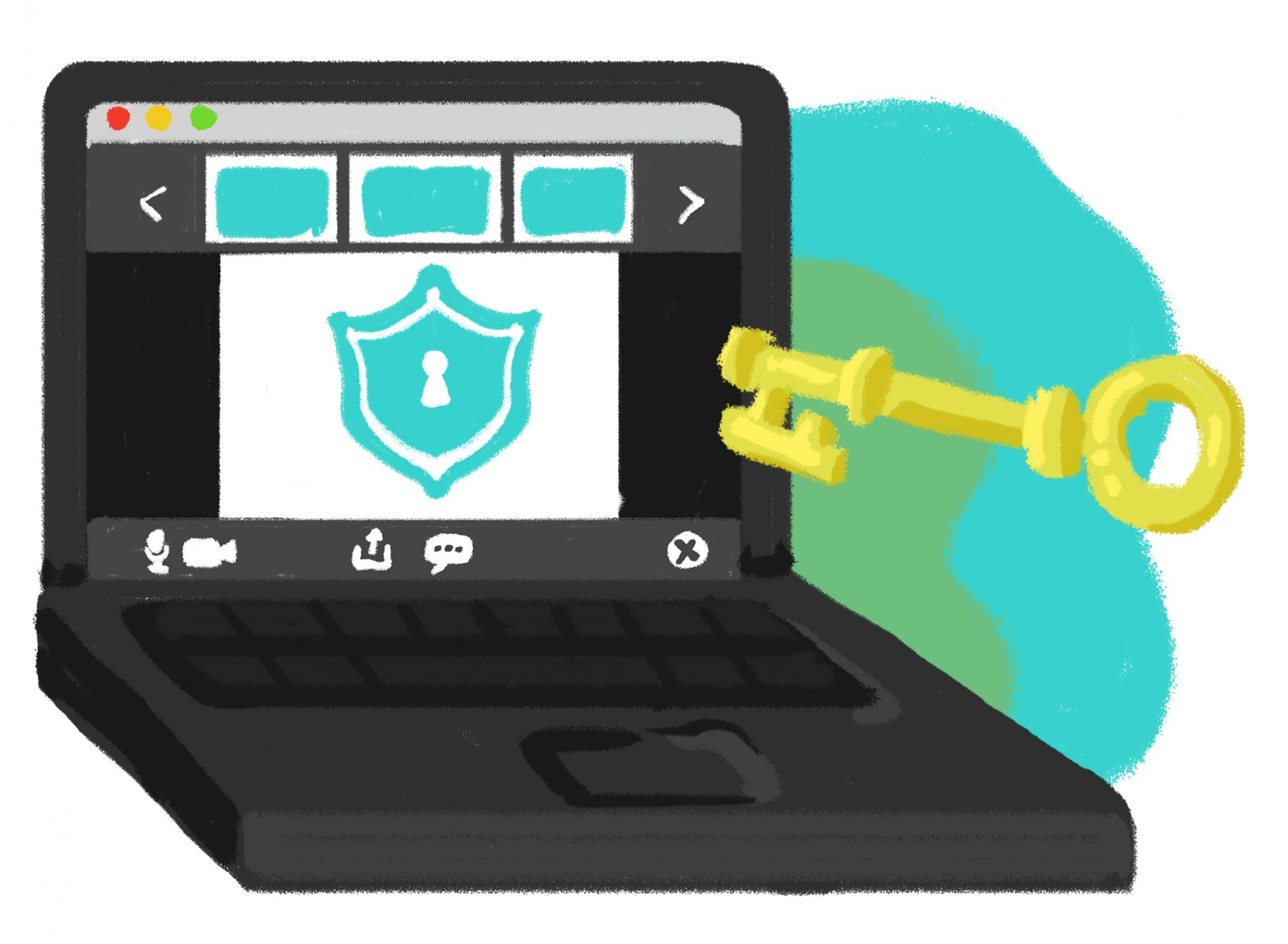As individuals across the University of Minnesota have come to rely on Zoom to complete classes and work remotely, experts are offering recommendations to improve the platform’s security.
With Zoom’s monthly users reportedly increasing from 10 million in December to 200 million in March, the platform has received media attention over how it saves user data online. After the University began to use Zoom in January 2019, signing a five-year contract worth over $1.4 million, some students and staff are now looking to the University to be proactive in ensuring user privacy.
The University’s Office of Information Technology has been issuing guidelines to students and staff to use Zoom safely. Zoom has also been updating their privacy policies to be more transparent.
“There are now these new data privacy policies in place that Zoom has pushed out as its new policy,” said media ethics and law professor Jane Kirtley.“I really would hope that the University is renegotiating or making sure they’re getting updated contracts that reflect these updates.”
It remains unclear whether the University will have to update their contract with Zoom to account for these changes. Due to Zoom policy, spokesperson Amie Dehner declined to share details of the contract with the Minnesota Daily.
Although Zoom offers a free version, the University pays approximately $281,000 each year for a version that allows for a larger number of users and longer meetings.
The University selected Zoom as its video conferencing platform after considering bids from different vendors, said University spokesperson Lacey Nygard.
While the University already utilizes Google and Microsoft services, two companies that offer their own video conferencing platform, the University’s contract with Zoom will remain until 2024, with the possibility of an extension until 2026.
“Some of the other platforms have technical problems. Some of them have security and privacy problems. None of them are perfect,” Kirtley said. “With the University mandatory email program being Gmail, you might have thought that, initially, Google Hangouts would have been the option to choose.”
Within Zoom’s privacy policy and on the University’s website, experts have ensured students and staff that user data is not sold to advertisers or marketing companies. However, Zoom has access to email addresses of invitees.
Other universities and K-12 school districts in the Twin Cities have differing opinions on the use of Zoom. The University of St. Thomas has been using it since 2018.
“Our Innovation & Technology Services department is working with Zoom and higher education IT colleagues across the country to ensure we have all of the tool’s latest security features in place,” University of St. Thomas spokesperson Andy Ybarra said in an email to the Minnesota Daily.
The Minneapolis Public Schools does not use Zoom as its supported platform. District 196, also known as Rosemount-Apple Valley-Eagan Public Schools, stopped using Zoom in early April but has since started using the platform again. Others have discontinued use all together.
“We took a closer look, and we found out ways that we could have protocols like admitting people into a meeting for example,” said District 196 Director of Teaching and Learning Steven Troen. “There are several more granular protocols that we felt we can put in place and still have that popular product.”
While remote work and distance learning continue across the University, the future of the use of Zoom has yet to be determined, Kirtley said.
“Zoom has been doing a lot in the last five weeks or so, in terms of changing their privacy and security policies,” Kirtley said. “I think they need to be cognizant of the fact that perfect security is never possible. It just isn’t.”








